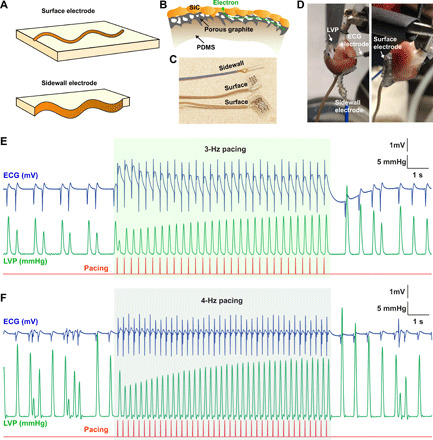Fig. 4. Electrical heart pacing with flexible electrodes.

(A) Schematic depiction of surface interfacing and side interfacing electrodes that can be printed by varying the power and scan speed. A complete through-cut creates side electrodes. (B) Schematic illustration showing porous graphite structure underlying SiC, serving as a contact for electrical interfacing. (C) Photographs showing sidewall and surface printed electrodes on PDMS for interfacing with the isolated heart in cardiac pacing experiments. Photo credit: Lingyuan Meng, the University of Chicago. (D) Photographs illustrating sidewall and surface electrodes interfacing with an isolated rat heart in a Langendorff setup. Photo credit: Vishnu Nair, the University of Chicago. (E and F) Representative traces from cardiac pacing experiments on an isolated heart. An electrical stimulus is supplied through two SiC electrodes at a frequency of 3 Hz (E) and 4 Hz (F). Both electrical stimulations are successful as observed by in-phase ECG signals and LVP recording.
